The Royal Oak came first and was the first watch design to telegraph and define what would ultimately become Genta’s signature design aesthetic. However, outside the realm of the watch enthusiast, it is the Royal Oak’s proverbial sibling, the Nautilus, which has transcended the horology clubhouse to become the more famous and universally recognized Genta-designed timepiece. So, why is it that the Patek Philippe Nautilus is celebrated on an arguably greater scale than the Royal Oak, rather than viewed as a copycat effort by Patek?
Well, imagine being given the rare opportunity to take a second stab at your greatest work. Wouldn’t your second draft be more refined than your first?
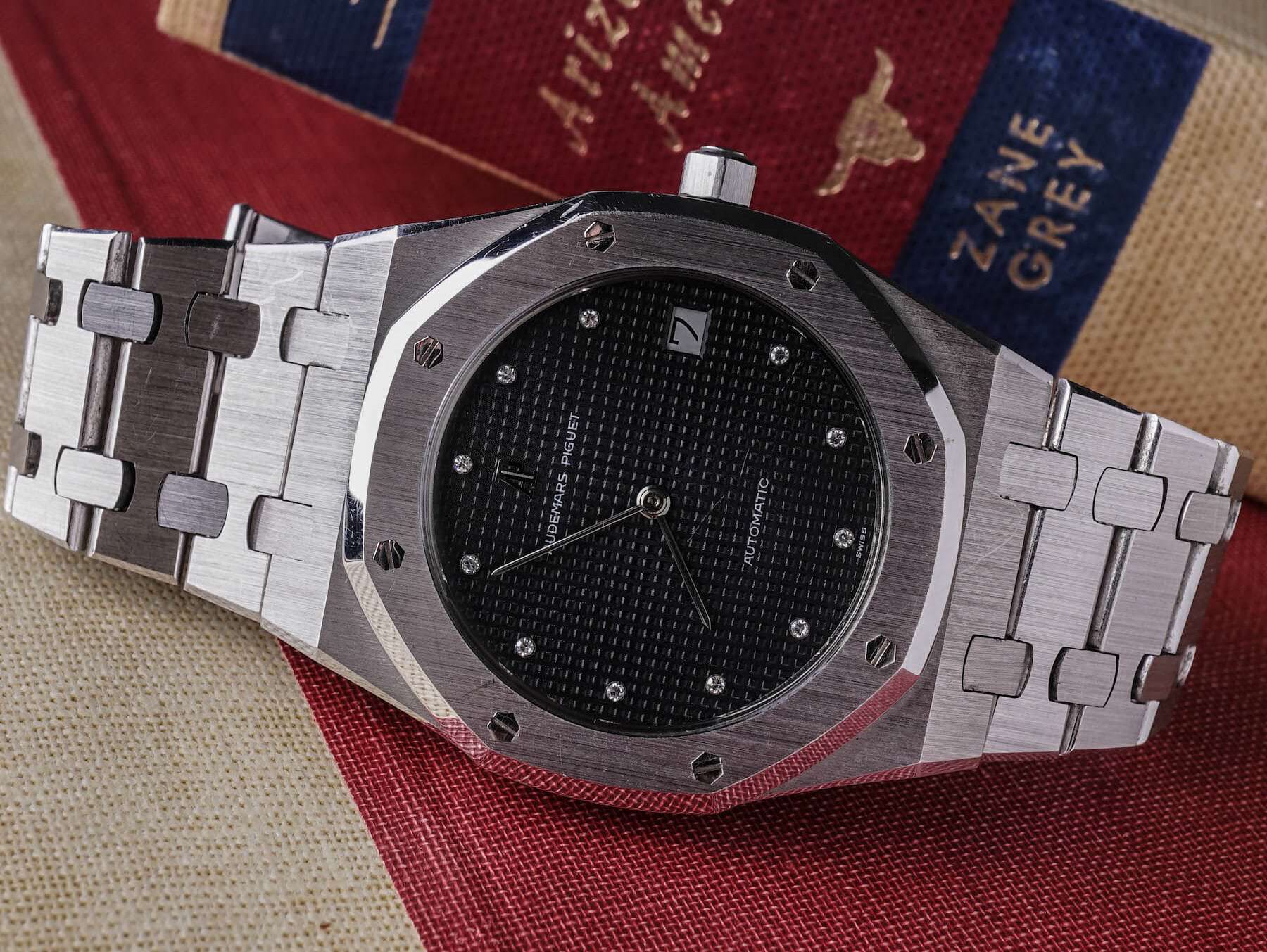
Gérald Genta famously created the original designs for both the Audemars Piguet Royal Oak and the Patek Philippe Nautilus in incredibly short periods of time, which is particularly interesting considering the weight these designs carry within not only Genta’s own oeuvre, but their impact upon watch design in general. Tasked with designing a revolutionary sports watch for Audemars Piguet and presented with an urgent, overnight deadline, Genta produced the initial sketch for the Royal Oak in a single evening. That said, the annals of contemporary music history are littered with stories of iconic songs written in short bursts of intense creativity and there is something to be said for the mysterious way certain minds work under tight deadlines.
The Nautilus has an even more incredible origin story: According to legend, Genta spotted a few executives from Patek Philippe dining at a neighboring table while he was enjoying his lunch during the annual Basel trade fair. Genta asked a waiter to fetch him a pencil and a paper in an attempt to take advantage of the serendipitous dining situation, and proceeded to present the Patek execs with a fresh watch design before they left the restaurant – an elevated version of the “elevator pitch.” In just a few minutes, Genta had sketched on a napkin a watch concept that would evolve with strikingly minimal adjustment into the Patek Philippe Nautilus.
Aside from being flat-out impressive, the time-strapped scenarios that birthed both the Royal Oak and the Nautilus didn’t allow Genta to go through the typical design process which would have afforded him time for design revisions and aesthetic reconsideration. In fact, the differences between the final production models of both of these iconic watches and their initial sketches are found only in the slightest details and proportions. In both instances, Genta’s original concepts more-or-less became the exact watches that made it to production, and what he sketched on a restaurant napkin in just a few minutes ultimately became one of the most desirable timepieces in the world!
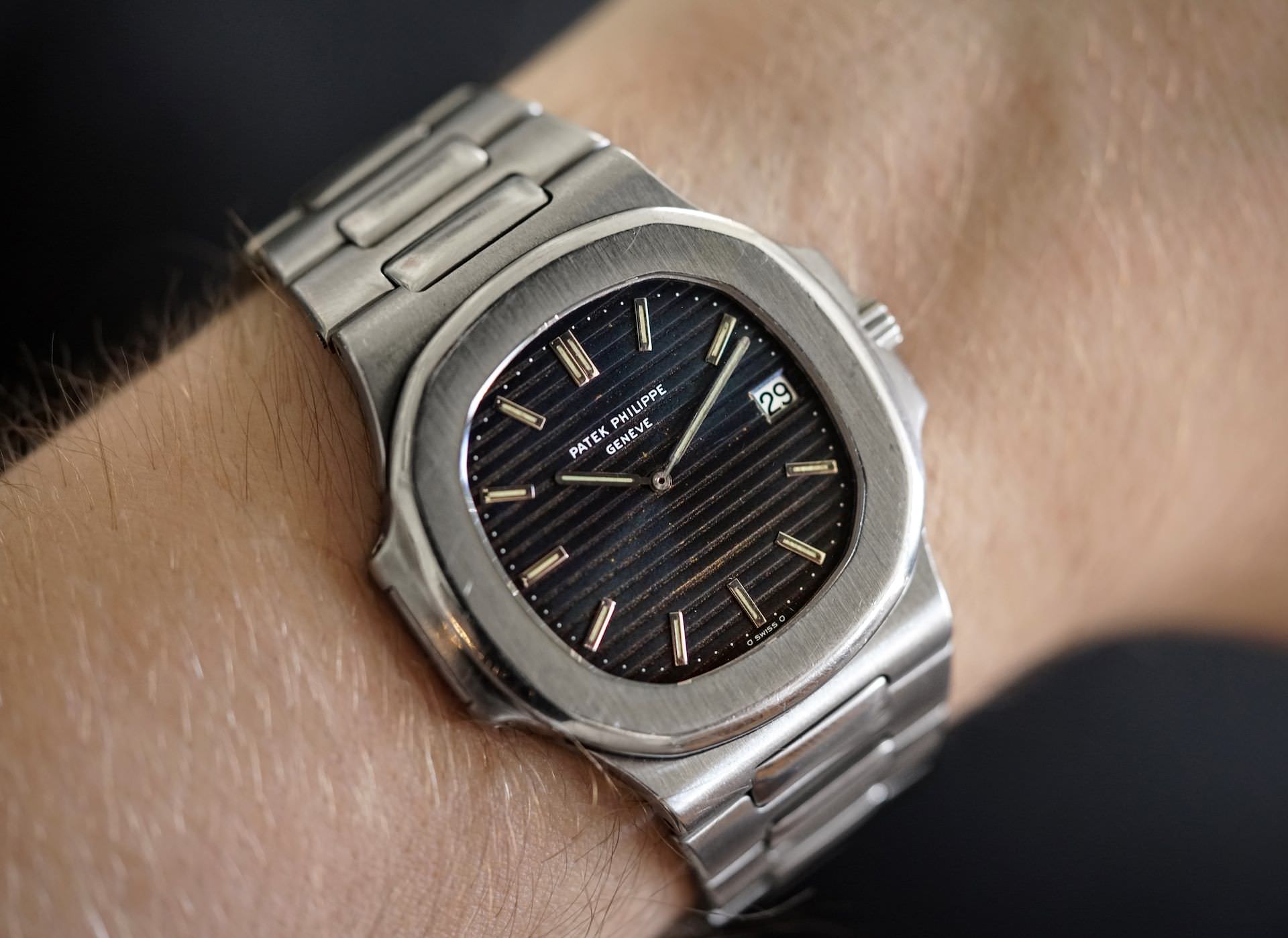
The inaugural Royal Oak offering was a truly groundbreaking design and it marked the genesis of Genta’s signature industrial, seafaring aesthetic. However, with no real-time to refine or revise his original concept, the Royal Oak design is very much representative of Genta’s purest vision of a modern luxury sports watch.
While the Royal Oak needed to have a truly revolutionary, starkly different design to justify its price point, the concept of an ultra-expensive steel sports watch was already proven by the time Genta designed the Nautilus – which allowed him to create a more refined timepiece that was less strikingly over-the-top in its appearance and would potentially appeal to a greater range of buyers. Patek Philippe was so confident in the already-proven concept of the stainless steel luxury sports watch that it even used the slogan “One of the world’s costliest watches is made of steel” in several of the Nautilus’ advertising campaigns.
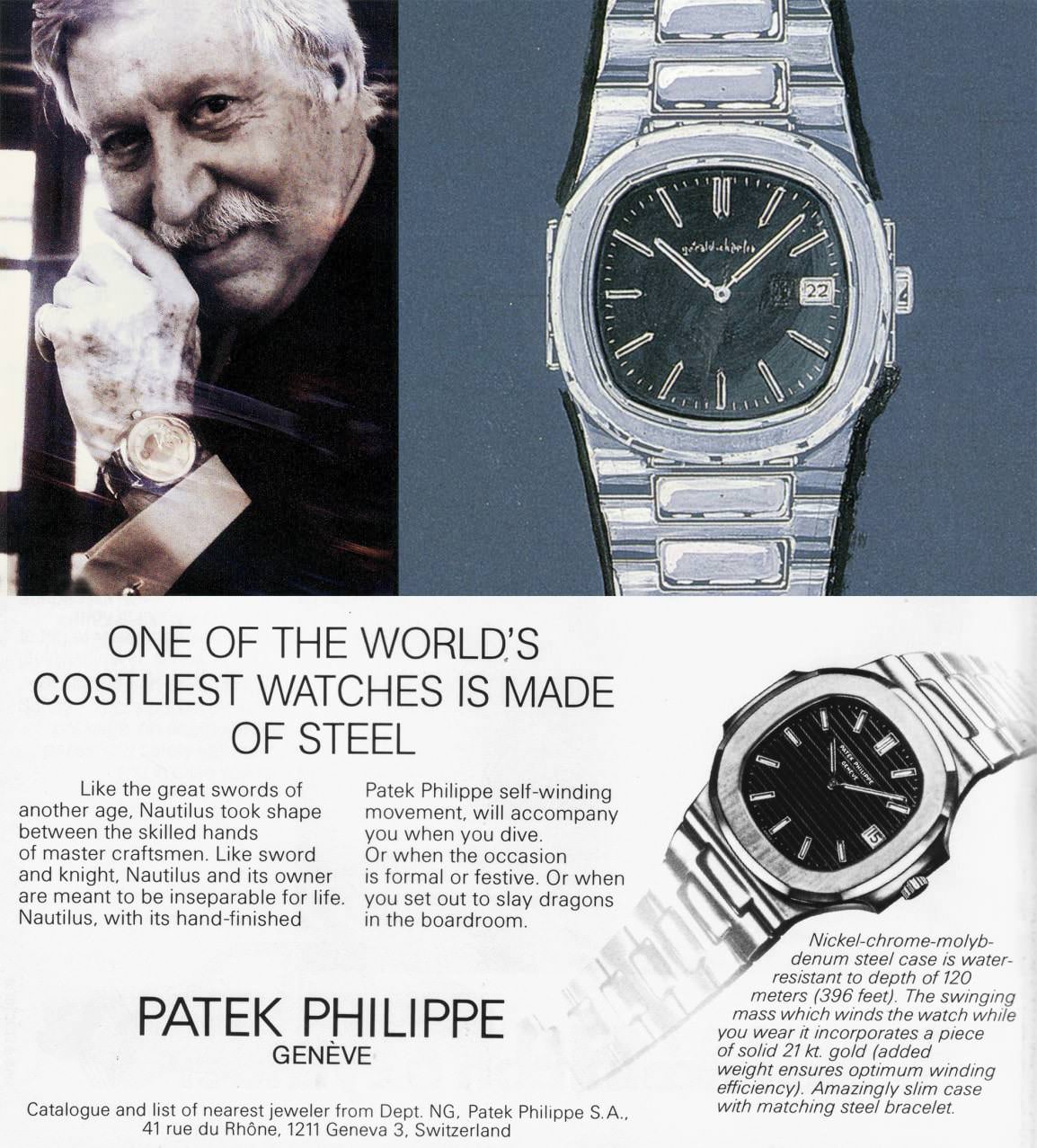
Drawing design inspiration from the porthole of a ship – complete with “ears” on either side of the case to mimic the shape of the window’s hinges – the Patek Philippe Nautilus features undeniably similar design elements to the Royal Oak, including an integrated bracelet, a non-traditional case shape, and a prominent bezel. However, while the Royal Oak is defined by its angular lines and bezel with exposed screws, the Nautilus offers a more rounded case with a flat, smooth bezel for a more elegant overall package.
The Royal Oak was already in production for roughly two years before Genta first sketched the Nautilus, and during that time he inevitably received feedback regarding its design and what aspects about it most resonated with the public. Genta likely had ideas for revisions brewing from the moment he submitted his last drawing for the Royal Oak. So, when Genta finally sat down and sketched the Nautilus – even on-the-fly over lunch – what came out on paper was undoubtedly influenced by the critiques of the Royal Oak he had internalized after nearly two years of feedback from the general public and his own post-design assessments.
One can’t exactly call the design of the Nautilus “better” than that of the Royal Oak as aesthetic sensibilities are ultimately a matter of personal taste and that’s reflected among the watch enthusiast crowd. There are just as many fans of the Royal Oak as there are champions of the Nautilus and these enthusiasts often celebrate these two unique riffs on a concept for their differences. However, regardless of which model you prefer, it is undeniable that the overall design of the Nautilus is a bit more approachable and a bit more versatile for daily wear, while the Royal Oak’s bold and radical lines and features can be an acquired taste.
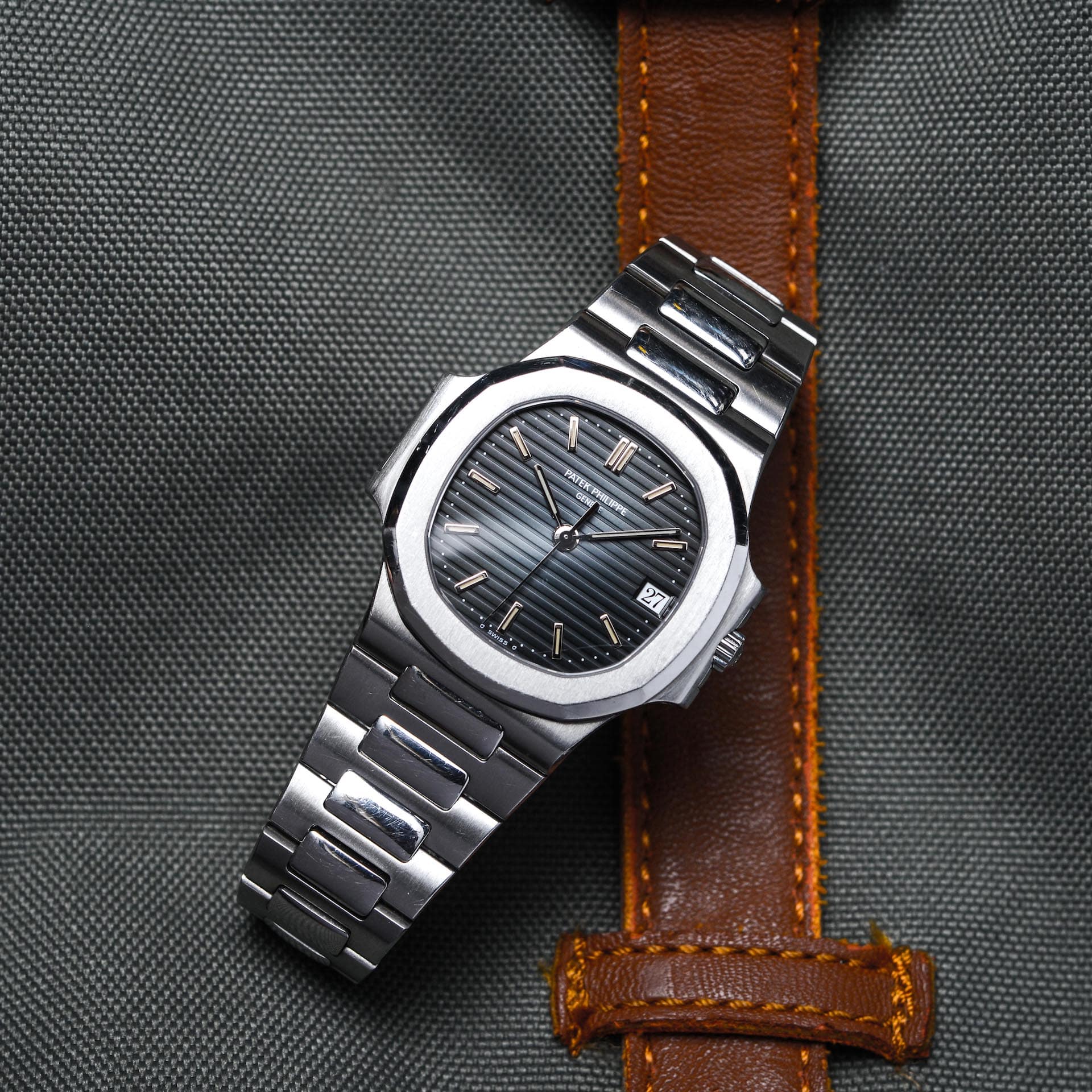
The Royal Oak offers the more striking and arresting design between the two watches, but without understanding the history of the watch or having exposure to the avant-garde timepiece designs that have been somewhat more normalized, like those produced by contemporary manufacturers like Richard Mille or Greubel Forsey, the appearance of the Royal Oak can admittedly be a bit polarizing.
The Royal Oak is undeniably an iconic design, to the point that it is impossible for any watch to feature an octagonal bezel with an integrated bracelet and not be considered a Royal Oak bite (or Royal Oak homage, if we’re being delicate about the matter). The aesthetic of the Royal Oak can only exist as that singular design in the same way anyone pulling design cues from any other over-the-top design (like Lamborghini Countach) is automatically plagiarizing in some way. It’s a design that’s a success in that sense, but one that limits its greater influence.
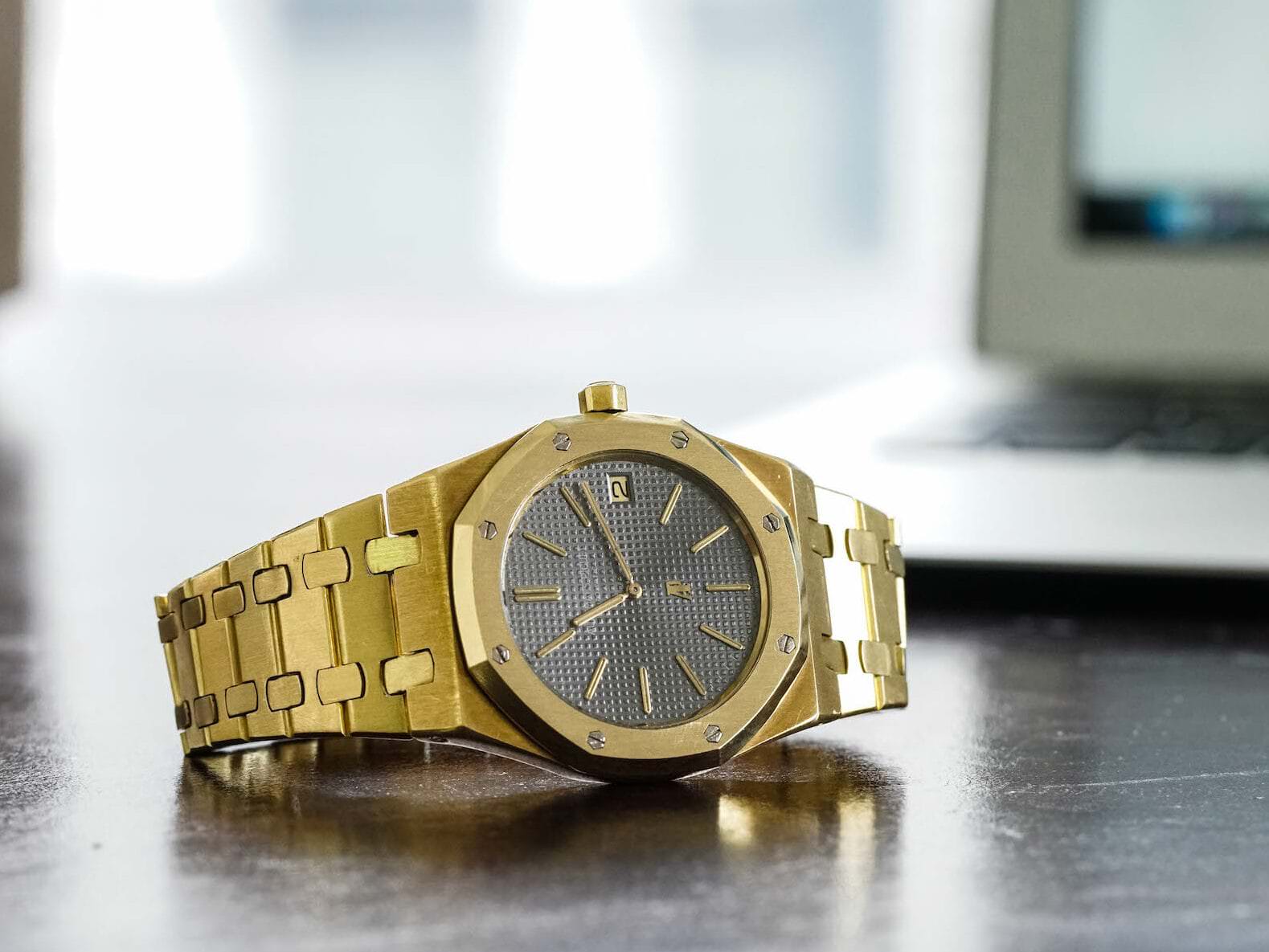
On the other hand, the core design cues of the Nautilus are a bit softer and open to reinterpretation. While the Royal Oak is the more striking design of the two and will always represent Genta’s original vision for the modern luxury sports watch, the Nautilus distills that design concept into a series of more digestible design cues that can be applied across a wider range of timepieces. These design cues ultimately became both the signature features of the Nautilus and the basis for an entire design language that Genta would carry on throughout all of his later works, but these two particular watches represent two distinct sides of Genta’s mind.
Some of the present-day popularity of the Nautilus can undoubtedly be attributed to the overall notoriety of the Patek Philippe brand. Outside of the watch collecting community, and even within a large segment of it, Patek Philippe is considered to be the world’s most prestigious luxury timepiece manufacturer. The brand holds claim to the title of producing the most expensive watch ever sold, and all hype aside, there is a very good reason why Patek has the celebrated and hallowed reputation that it does: The company has produced a vast number of iconic watches that have helped shape the industry as we know it.
Today, it seems that nearly every luxury timepiece manufacturer offers some variation of a stainless steel sports watch fitted with a matching bracelet and a blue dial, and it can be argued that the Patek Philippe Nautilus was the model that initially ignited this whole trend. While the Royal Oak will always be the original expression of Genta’s vision, it was the Nautilus that turned his vision into something that could serve as the aesthetic foundation for an entire sub-genre of luxury sports watches.
A testament to this enduring allure, the demand for the stainless steel Patek Philippe Nautilus ref. 5711/1A has made it the most difficult timepiece to obtain at a retail level – across all contemporary brands and models. For as long as the Nautilus has existed, the Royal Oak has also been available. And yet, despite being beaten to market by the Royal Oak, it is the Patek Philippe Nautilus – a design that Gérald Genta first sketched on a napkin in a few world-changing minutes – that holds the title of the world’s most coveted watch.

Check out 'Reference Tracks' our Spotify playlist. We’ll take you through what’s been spinning on the black circle at the C + T offices.

Never miss a watch. Get push notifications for new items and content as well as exclusive access to app only product launches.
Sign up for our newsletter to receive updates and exclusive offers